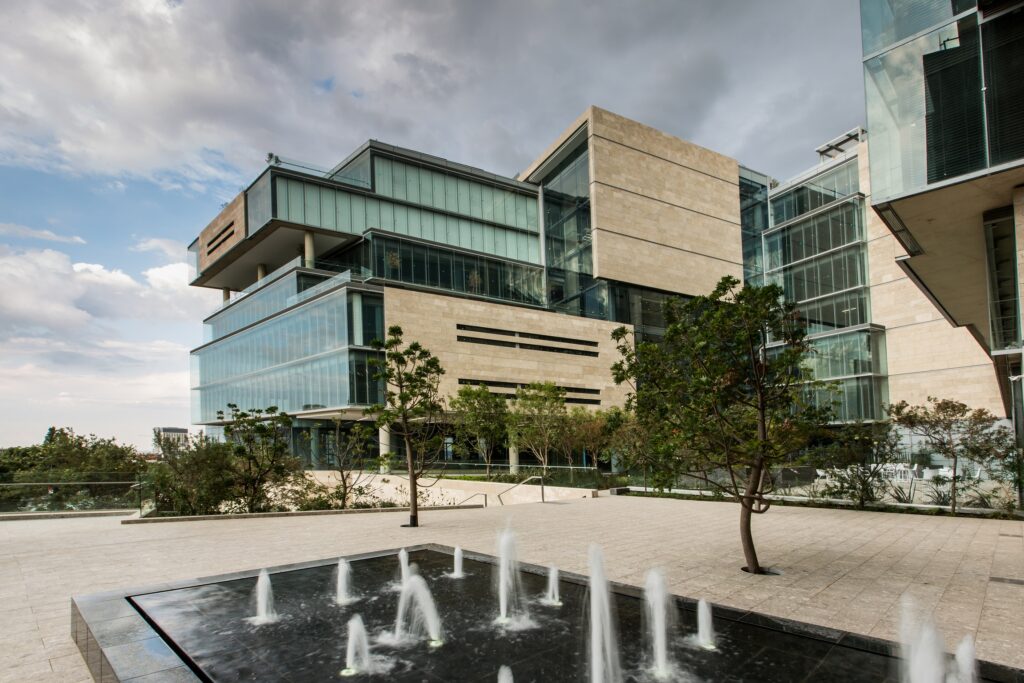Net Zero

This tool encourages sustainable building practices and supports the transition towards a low-carbon future in the built environment.
A framework designed to evaluate and certify buildings based on their net zero carbon emissions. It assesses various aspects of a building’s design, construction, and operation to ensure that it minimises carbon emissions throughout its lifecycle, ultimately aiming for a balance between the amount of carbon emitted and the amount removed from the atmosphere.
Join us in accomplishing our net zero carbon objective
All new buildings
to achieve net zero carbon operation by
2030
100% of buildings
to achieve net zero carbon operation by
2050
We share this goal with the World Green Building Council and aim to attain it through more than mere reduction – we strive for regeneration. Our Net Zero Carbon rating tool is in line with global efforts to combat climate change and limit global warming to below 1.5ºC.
What are Net Zero or Net Positive rated projects?
These projects encompass both new and existing buildings, as well as fit-out projects. Certification is granted to projects that surpass partial reductions, demonstrating their commitment to achieving complete neutrality or even positive redress of environmental impacts.

Projects are able to achieve Net Zero/Net Positive Ratings in:
Carbon
Water
Waste
Ecology
Net Zero/Net Positive is a methodology that can accelerate GBCSA’s end goal of complete market transformation and is about inspiring the end goal now.



Net Zero Principles
GBCSA has developed a set of pathways for projects to pursue net zero, based on international best practice:
- Prioritise on-site efficiencies to minimise demand
- Prioritise on-site supply solutions
- Find appropriate off-site supply solutions
- Only after the above three have been fully explored and optimised, make use of responsibly sourced offsets as a last resort, understanding this is a transitionary step.
Understanding the Net Zero Rating Tool
GBCSA offers two distinct Net Zero Carbon ratings:
- Modelled ratings are based on predicted consumption over a 12-month period, according to the building’s design.
- Measured ratings are operational assessments for existing buildings, relying on actual performance data over the same timeframe.
Level 1 and Level 2 Ratings:
The Net Zero Carbon certification distinguishes between two levels based on the carbon measurement boundary. Level 2 extends beyond Level 1 by incorporating not only base building emissions but also operational energy use by occupants. Your AP is best positioned to advise which Level is most appropriate for the particular point in your buildings’ sustainability journey and can outline what is included, or excluded, in each of these in detail.


